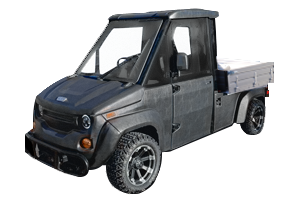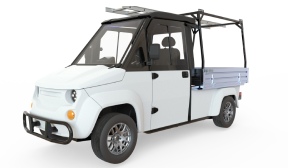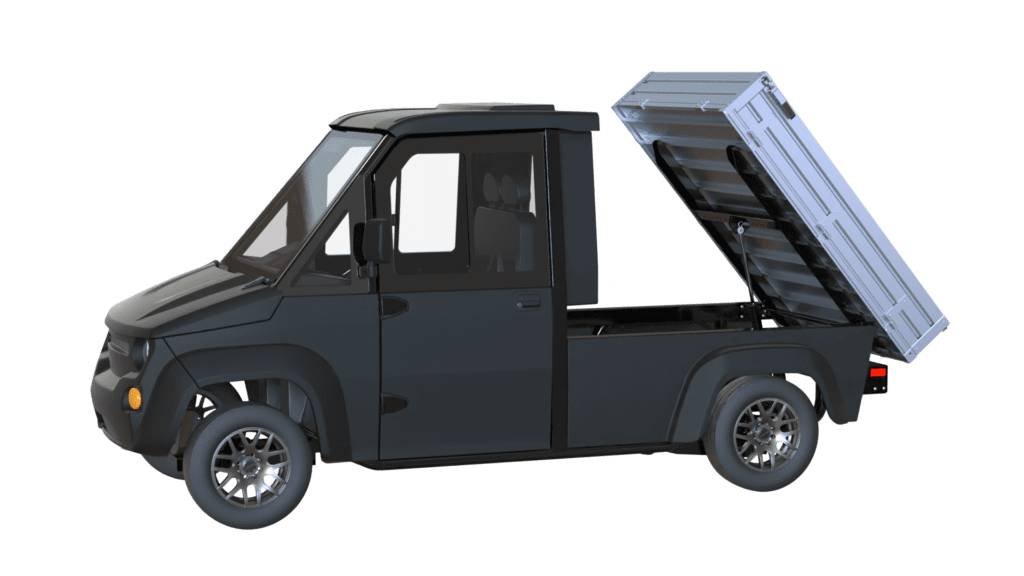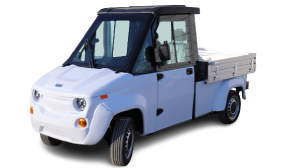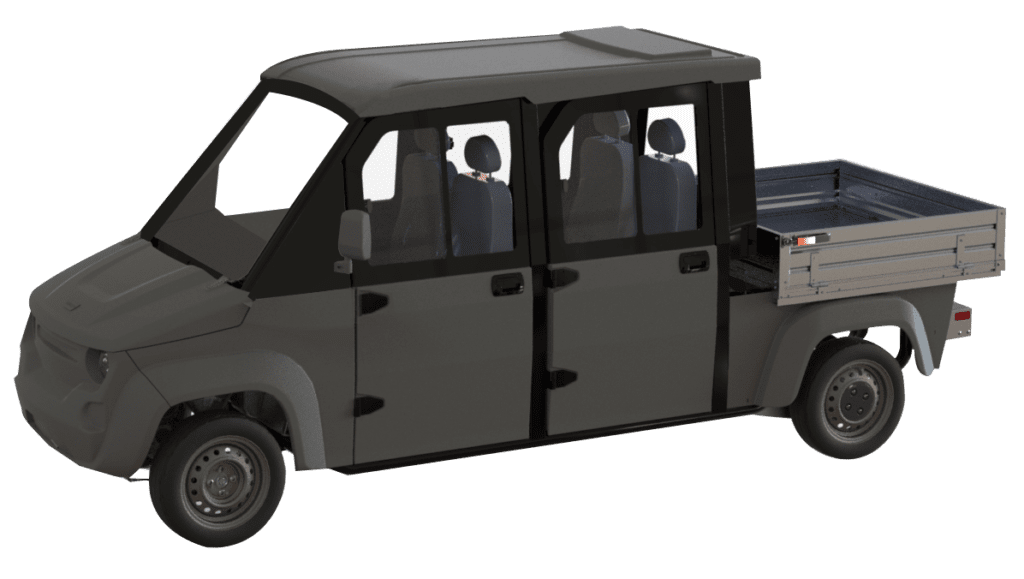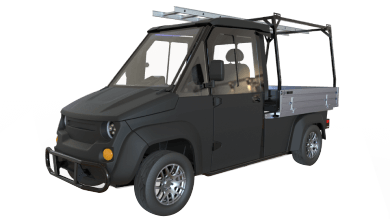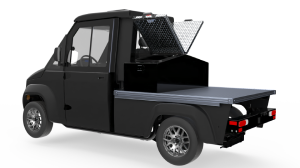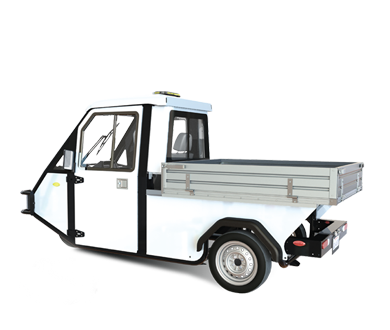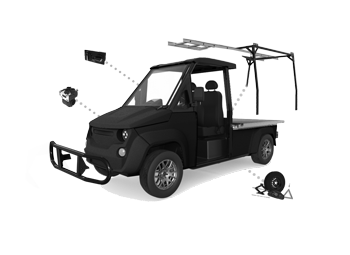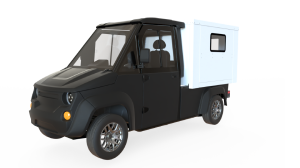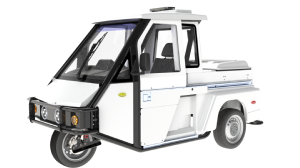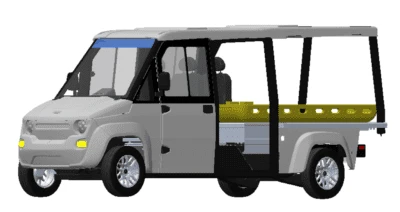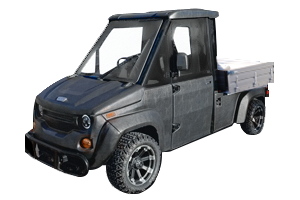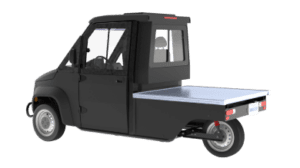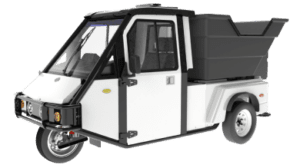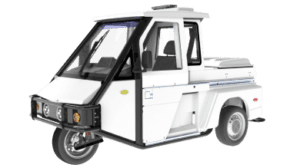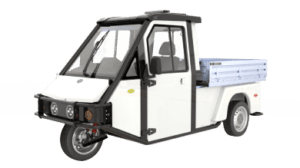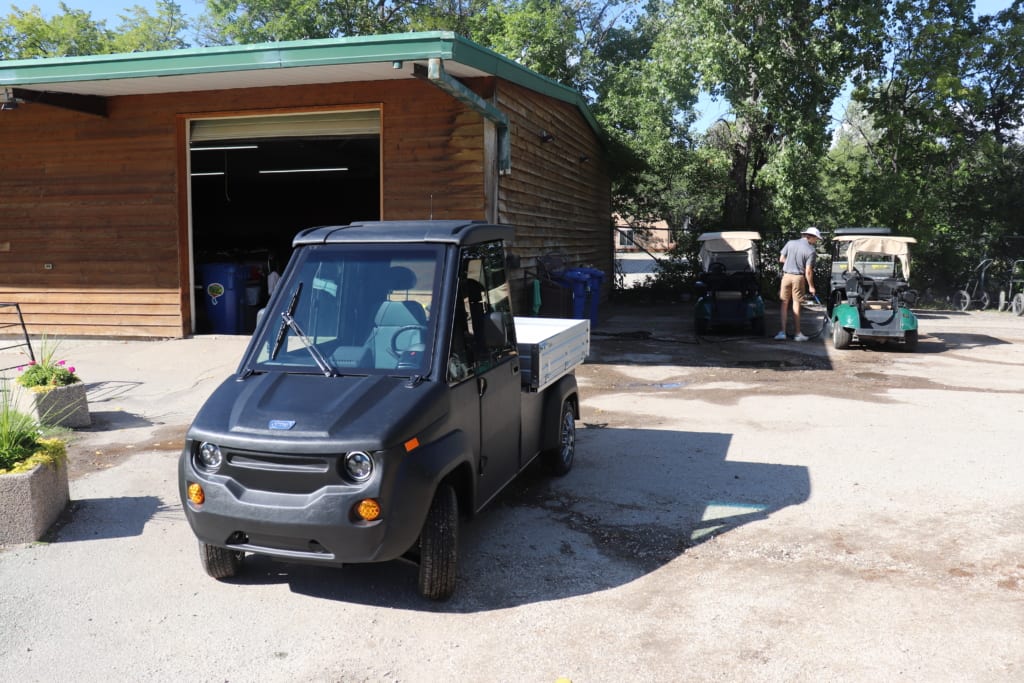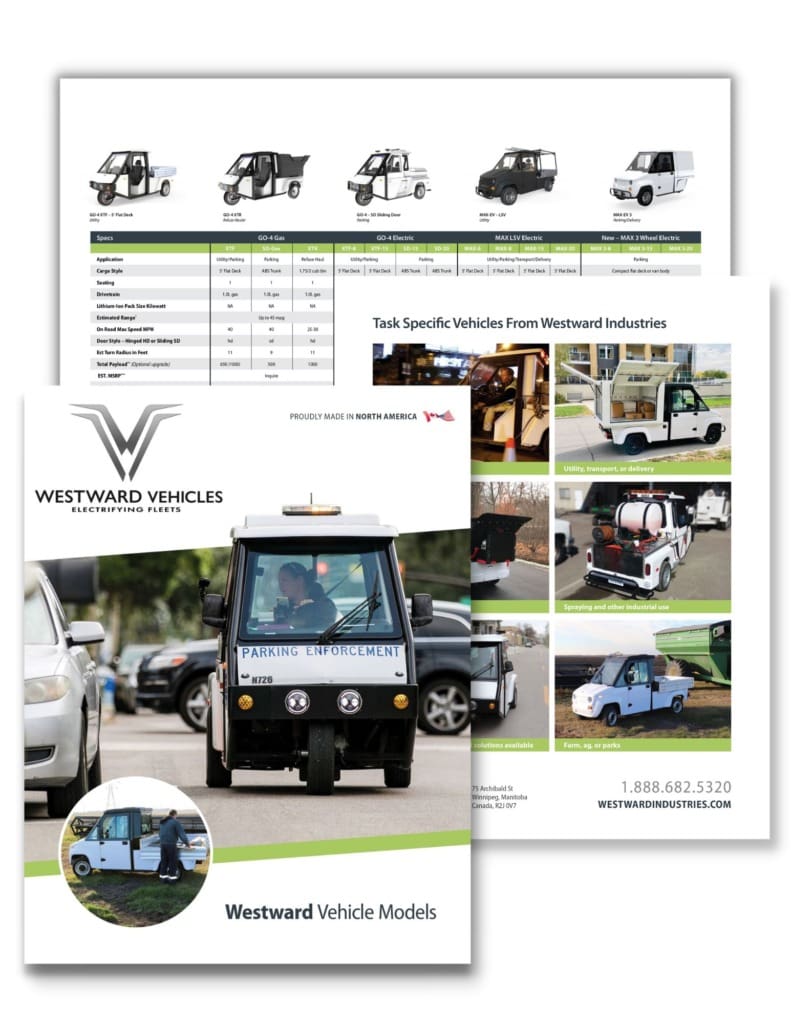Low Speed Vehicle Manufacturers
The low-speed vehicle industry is experiencing rapid growth, presenting a lucrative opportunity for manufacturers to expand and invest in this booming market. As the vast majority of businesses increasingly recognize the commercial purposes of low-speed vehicles beyond a street legal golf cart and other street legal vehicles, the demand for these vehicles continues to rise.
The Growing Market for Low-Speed Vehicles
Low-speed vehicles, also known as LSVs, are finding applications in various sectors and industries. From gated communities and short-distance commuting to golf courses and tourism activities, low-speed vehicles have become a preferred mode of transportation. They can be used on college campuses for campus security or groundskeeping, airports, public roads, shopping malls, hospitality sectors, resorts, sprawling hotel sites, warehouses, manufacturing plants, corporate campuses and even for parking enforcement.
The versatility and practicality of low-speed vehicles make them an attractive choice for a wide range of applications, unlike standard golf carts which are mainly designed to be used to access golf courses.
The demand for low-speed vehicles, especially electric commercial utility vehicles used for non-golf course purposes, is predicted to increase significantly in the coming years. Currently, the low-speed vehicle market is worth USD $10.4 billion, and it is projected to rise to USD $15 billion by 2028. While a few key companies dominate the low-speed vehicle market with golf carts, these carts aren’t equipment meant for high performance work purposes, so many businesses and municipalities are turning to the versatile workhorses manufactured by Westward Vehicles.
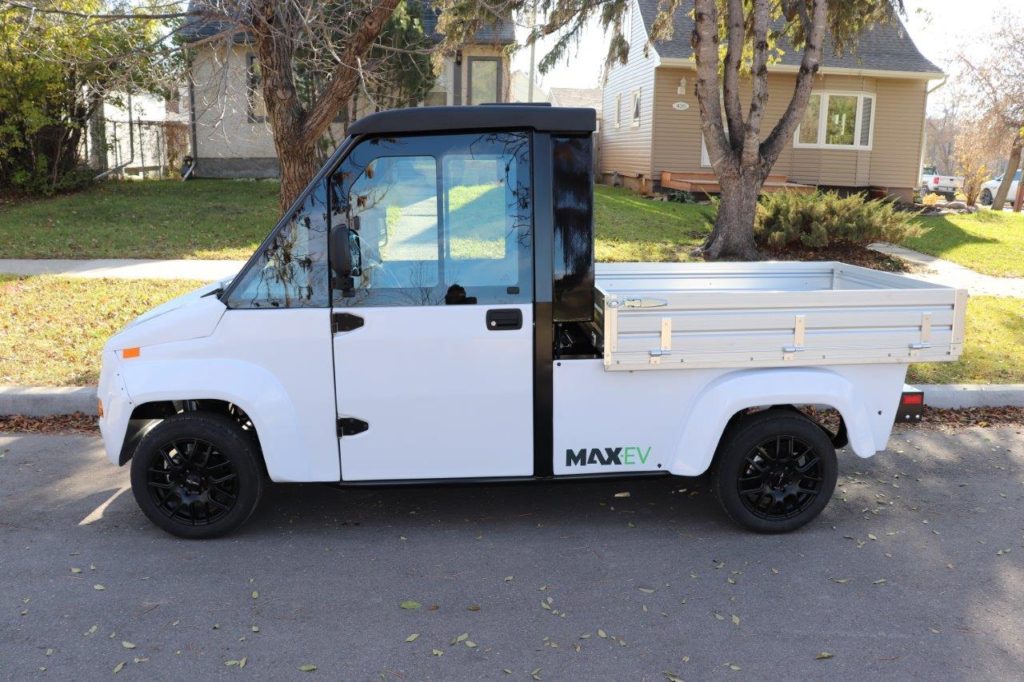
Introducing Westward Vehicles: A Leading Low Speed Vehicle Manufacturer
At Westward Vehicles, we are an established low-speed vehicle manufacturer with over 30 years of experience. With a strong commitment to quality and innovation, we make a significant difference in the low-speed electric power vehicle market. Our expertise lies in helping your organization reduce costs and improve efficiency by offering low-speed electric power vehicles with exceptional features and capabilities.
Our Range of Low-Speed Electric Power Vehicles
At Westward Vehicles, we offer a range of low-speed electric utility vehicles tailored to different applications:
1. The MAX EV Advantage
Our MAX EV series offers unmatched versatility, making it a top choice for various applications. The MAX-EV 4 Seater, designed to comfortably accommodate up to four passengers, provides an excellent solution for personal transportation needs. This neighborhood electric vehicle delivers a smooth and efficient ride, whether it’s cruising around the neighborhood, exploring a golf course, or transporting crews around large job sites. To further enhance your experience, these UTVs come with different accessories.
For off-road enthusiasts, the MAX-EV ORV is a game-changer. With its rugged design and powerful electric motor, this off-road vehicle can conquer any terrain. Whether you’re exploring trails or working on a farm, the MAX-EV ORV combines performance and sustainability.
2. The GO-4: A Parking Enforcement Powerhouse
One of Westward Vehicles’ flagship models is the GO-4, a task-specific utility vehicle primarily focused on the parking enforcement market. With its compact body style and exceptional maneuverability, the GO-4 has become an industry leader in parking enforcement. Equipped with the latest technology and safety features, the GO-4 ensures efficient and effective enforcement operations while complying with strict safety standards.
3. The MAX EV³
Westward Vehicles has raised the bar for electric utility vehicles with the introduction of the MAX EV³. This groundbreaking vehicle offers a unique blend of functionality, versatility and eco-friendliness. With its robust construction and impressive carrying capacity, the MAX EV³ is a practical alternative to traditional pickup trucks.
The MAX EV³ is designed to meet the diverse needs of your organization. Its advanced electric motor provides ample power while maintaining exceptional energy efficiency. The vehicle’s gross vehicle weight rating (GVWR) allows for heavy loads, making it an ideal solution for various industries.
The MAX EV³’s street-legal status allows for seamless integration into urban environments. Whether it’s transporting goods, maintaining facilities or providing municipal services, the MAX EV³ is a reliable and eco-friendly choice.
4. The GO-4 XTF and GO-4 XTR
The GO-4 XTF and the GO-4 XTR are upgraded versions that offer enhanced performance and functionality, making them even more efficient for parking enforcement operations.
The GO-4 XTF features an extended frame and increased cargo capacity, allowing for the transportation of equipment and supplies. This model is particularly well-suited for applications that require additional storage space, such as maintenance and landscaping tasks.
On the other hand, the GO-4 XTR prioritizes mobility and maneuverability. With its compact design and exceptional turning radius, this model excels in congested urban areas. Parking enforcement officers can navigate tight spaces with ease, ensuring efficient enforcement and improved traffic flow.
Both the GO-4 XTF and the GO-4 XTR are equipped with advanced technology to enhance efficiency and productivity. GPS tracking systems enable real-time monitoring and optimize route planning, ensuring officers can efficiently cover their assigned areas.
The GO-4 ALPR (Automatic License Plate Recognition) takes parking enforcement to the next level. This cutting-edge technology automates the process of identifying vehicles with outstanding violations, streamlining enforcement procedures.
Advantages of Low-Speed Vehicles
Low-speed vehicles offer numerous advantages that make them an attractive choice for your organization. Some of the key benefits include:
1. Reduced Noise Pollution
Unlike traditional pickup trucks with loud engines, Westward LSVs operate on electric power, resulting in a nearly silent and more peaceful work environment. This can be particularly beneficial for businesses that operate in residential areas or noise-sensitive zones like inside warehouses and stadiums. By minimizing noise pollution, your business can maintain good relationships with neighbors and enhance your reputation as a responsible and considerate organization.
Moreover, reduced noise pollution also creates a more comfortable working environment for employees. The constant hum of traditional vehicles can contribute to stress and fatigue, negatively impacting productivity. With Westward LSVs, employees can enjoy a quieter and more pleasant atmosphere, leading to increased focus and efficiency.
2. Environmentally Friendly
In today’s world, businesses are expected to adopt sustainable practices and reduce their carbon footprint. Westward LSVs provide an excellent solution in this regard. These vehicles operate on lithium batteries, making them eco-friendly and emissions-free. Traditionally, the golf cart industry was dominated by vehicles operating on lead acid batteries. Therefore, by opting for Westward Vehicles LSVs instead of traditional vehicles, your business significantly contributes to reducing air pollution and combating climate change.
In addition to being environmentally friendly, Westward Vehicles LSVs also offer energy efficiency. Their electric powertrain consumes less energy compared to conventional vehicles, resulting in lower operating costs for your business. This not only helps your business save money in the long run but also aligns with a commitment to sustainability and responsible resource management.
3. Excellent Maneuverability
Westward Vehicles LSVs have compact size and agile design. These vehicles can navigate through narrow streets and crowded areas with ease. This makes our LSVs ideal for your business operating in an urban environment or if you have limited space for transportation and delivery purposes.
The maneuverability of Westward Vehicles LSVs is further enhanced by their top speed, which is higher than that of traditional street legal golf carts. While golf carts are typically limited to lower speeds, Westward LSVs can reach speeds of up to 35 mph without compromising safety. This allows your business to transport goods and personnel more efficiently, saving valuable time and resources.
4. Safety Compliance
Ensuring the safety of employees and complying with regulations is a top priority for any business. Westward Vehicles LSVs offer several safety features that make them an excellent choice for your business. Firstly, these vehicles are equipped with safety belts, providing protection for occupants in case of an accident or sudden stop. This is particularly crucial for businesses that require employees to travel longer distances or carry out commercial jobs on a regular basis.
Furthermore, Westward Vehicles LSVs are designed to meet street legal requirements, allowing your business to operate them without any legal complications. Unlike traditional golf carts and other motor vehicles, Westward LSVs are equipped with all the necessary street legal safety features, such as headlights, turn signals and mirrors, making them compliant with state regulations. This ensures that your business can use these vehicles confidently and without any legal concerns.
Regulations for Operating Low-Speed Vehicles Commercially
Operating low-speed vehicles commercially requires compliance with specific regulations to ensure safety and legality. Here are some key regulations to consider:
Federal Laws
Federal requirements mandate that low-speed electric vehicles must meet minimum safety standards. These standards include the presence of safety features such as parking brakes, reflectors, tail lights, signal lights and vehicle identification numbers. Additionally, street-legal electric vehicles or other low-speed electric vehicles may require insurance, and drivers must possess a valid driver’s license.
State Laws
While driving a low-speed vehicle is generally permitted in most states, there are certain restrictions to be aware of. For instance, low-speed vehicles are typically not allowed on roadways with speed limits exceeding 35 mph. Some states also require drivers of low-speed vehicles, golf carts and neighborhood electric vehicles to have personal injury insurance (PIP) and property damage liability insurance.
Before adopting Westward Vehicles LSVs for business purposes, it is essential to familiarize oneself with the state regulations regarding their usage. While our vehicles are street legal in most states, there may be specific requirements and restrictions that your business needs to adhere to. It is crucial to review the regulations and obtain any necessary permits or licenses to ensure compliance with the law.
To simplify the process, your business can consult with our industry experts at Westward Vehicles. These experts can provide guidance and support in understanding the state regulations and help your business make informed decisions about integrating Westward LSVs into your operations.
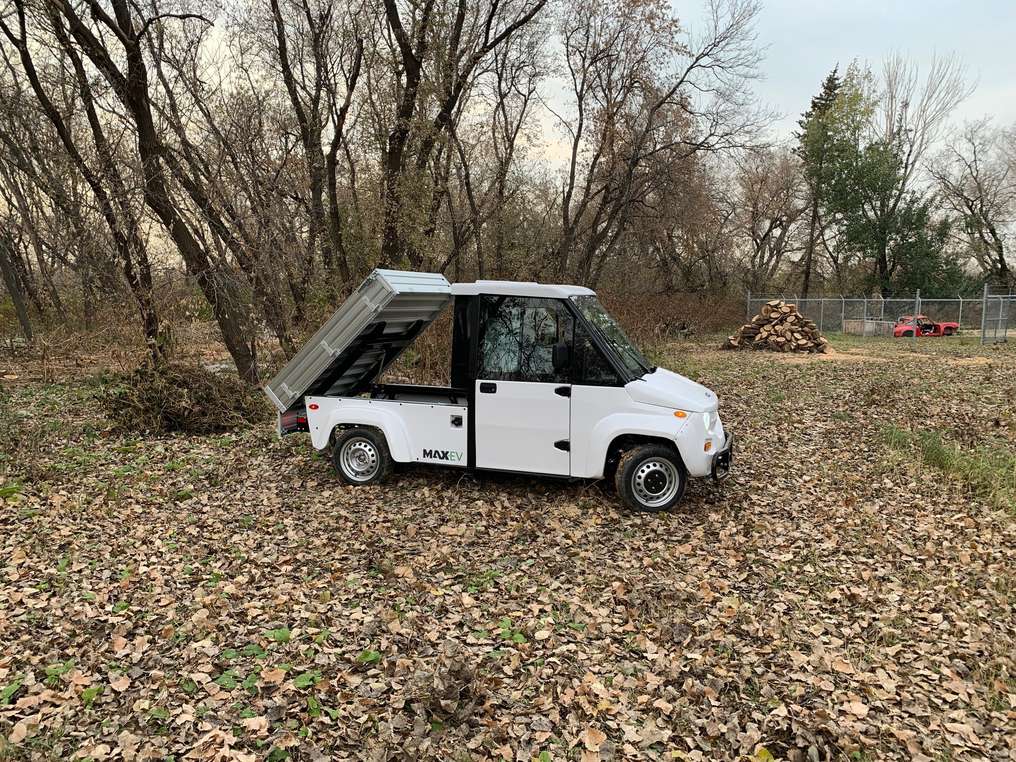
The Path to Success in the Low-Speed Vehicle Market
At Westward Vehicles, we have established ourselves as a trusted low-speed vehicle manufacturer for many decades. Unlike other utility vehicles manufacturers, we provide high-quality vehicles that meet industry standards and customer requirements. With our extensive experience and commitment to excellence, we are well-equipped to partner with businesses looking to leverage the benefits of low-speed vehicles.
Contact us today to learn more about how our low-speed electric power vehicles can transform your business through more efficient and effective transportation solutions.


